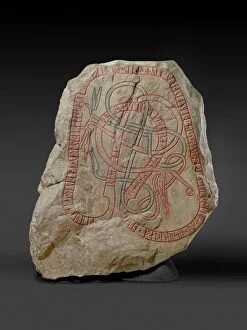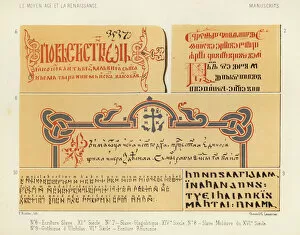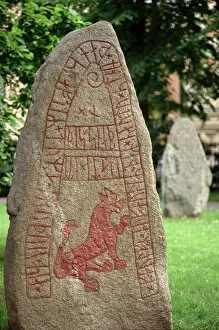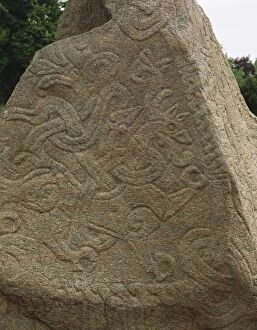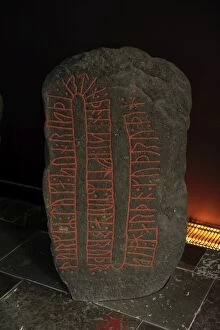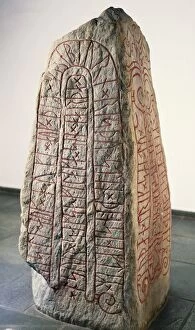Runestone Collection
"Unraveling the Mysteries of Runestones: A Glimpse into Viking Age Scandinavia" Step back in time and explore the fascinating world of runestones
All Professionally Made to Order for Quick Shipping
"Unraveling the Mysteries of Runestones: A Glimpse into Viking Age Scandinavia" Step back in time and explore the fascinating world of runestones, ancient stone monuments that hold secrets from the Viking Age. These enigmatic artifacts, adorned with intricate red inscriptions, offer glimpses into a bygone era. One such captivating a relic dating back to c. 787-1100. Its crimson inscription tells tales of heroic deeds and legendary figures, like the eight-legged horse Sleipnir depicted on another 8th-century Viking runestone. This mythical creature carried Odin himself through realms unknown. Traveling further in time to Tirsted in the 10th century AD, we encounter yet another remarkable runestone. Proudly standing as a national treasure, it serves as a testament to an age long past – its weathered surface whispering stories only few can decipher. Delving deeper into rune lore, we witness individuals engrossed in reading these cryptic symbols etched onto stones. Through color lithographs and medieval manuscripts, their dedication to unraveling these ancient scripts becomes evident – unlocking hidden wisdom preserved for centuries. As we journey across lands steeped in Norse mythology and history, more intriguing runestones come into view. One depicts Wotan astride his faithful steed Sleipnir while others stand guard outside Gripsholm Castle or dot landscapes as silent witnesses of forgotten times. Not limited to Sweden alone but also found on Gotland Island during the Iron Age are bildstenar - unique runestones adorned with intricate carvings that transport us even further back in time. Amongst this rich tapestry of runes lies one particular stone featuring a Viking horseman accompanied by his loyal canine companion - an image frozen forever within its stony embrace. Finally, our exploration concludes with an awe-inspiring sight: a drakkar adorning a runestone.

